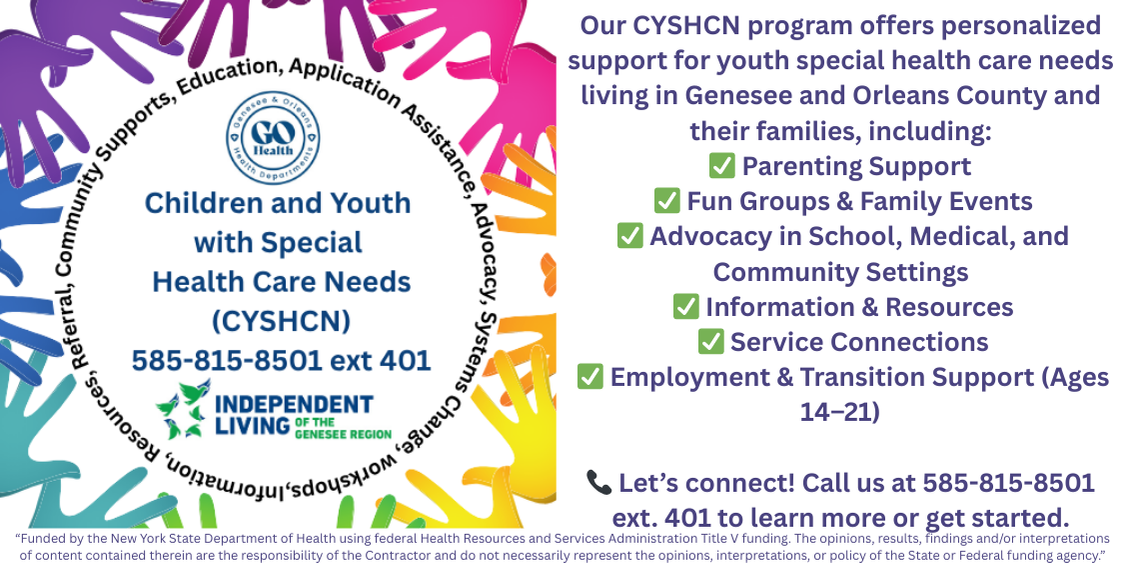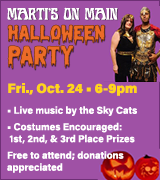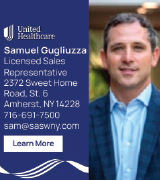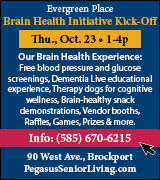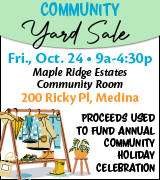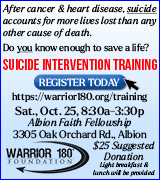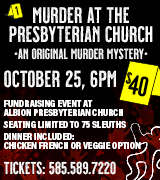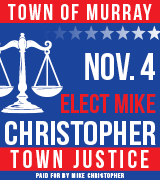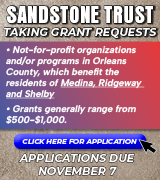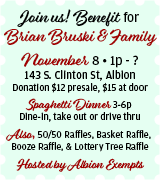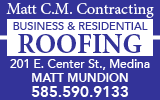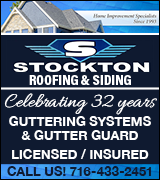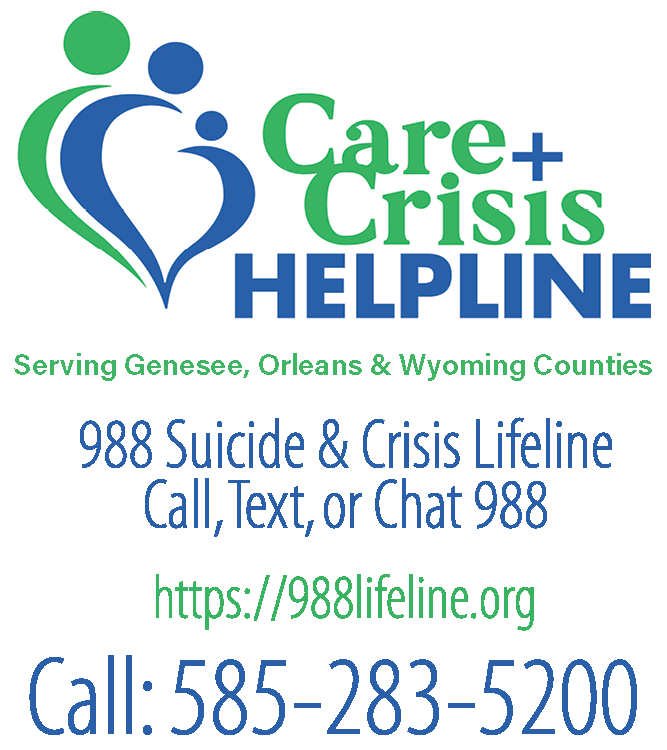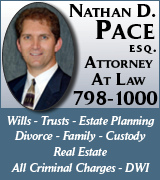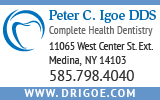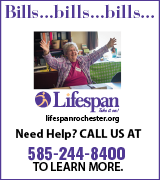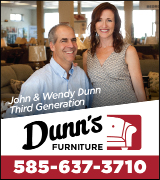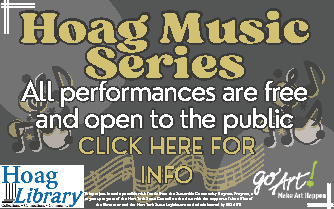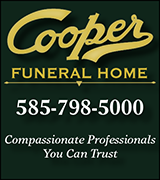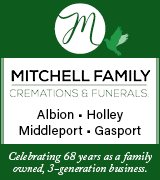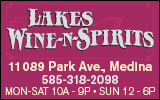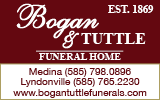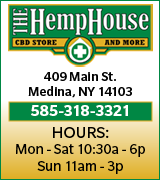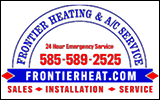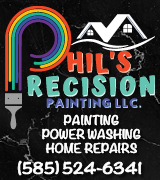Oak Orchard Health – Homelessness: Myth vs. Reality
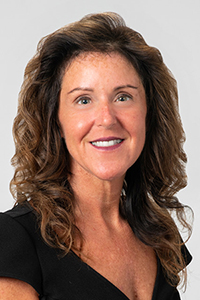
You might think homelessness could never happen to you or your loved ones. But life can bring sudden changes that leave you with impossible choices. Statistics show that 70 to 80 percent of individuals facing homelessness are from the community or have lived there for a year or longer before becoming unhoused.
The homeless population in Genesee, Orleans, and Wyoming counties (GOW) is growing. The Homeless Alliance of Western NY states that in 2023, 710 people in GOW counties lost their housing, a 12.9% increase from the previous year. This included an 8% rise in youth homelessness and a 17.9% increase in clients 62 years and over.
When people talk about homelessness, there are many misconceptions and myths about how someone might have become homeless or what homelessness looks like.
Here are some common myths—and the facts that clear up these misperceptions.
Myth 1: “They did this to themselves.”
Fact: Homelessness is more often due to sudden illness or an accident, job loss, or financial problems that lead to eviction. The NYU Silver School of Social Work Professor Deborah K. Padgett and the Coalition for the Homeless says that some are fleeing domestic violence or are living in overcrowded, substandard housing.
Myth 2: “They’re lazy and don’t want to work.”
Fact: The primary cause of homelessness is the lack of affordable housing, according to the Coalition for the Homeless. The National Alliance to End Homelessness estimates that 53% of those who are unhoused are employed full-time or part-time and sometimes working two to three jobs. A job does not guarantee stability because they are not earning life-sustaining wages to afford to pay rent or other bills. Those looking for employment face additional barriers when applying for jobs, including no permanent address or transportation, internet access to apply for jobs, or access to showers or appropriate clothes for interviews.
Myth 3: “They’re all addicts or mentally ill.”
Fact: Substance use disorders are rarely the sole cause of homelessness and, more often, are a response to it. Living on the street or in overcrowded housing puts the person in frequent contact with those who are in active addiction and facing the same issues, according to the Homeless Alliance of Western New York (HAWNY). However, the trauma of becoming homeless can certainly lead to depression or other mental health disorders and make it harder for people to find help because of the stigma of being homeless.
Myth #4: “They’re dangerous criminals.”
Fact: The reality is that most people without housing spend their time and resources trying to survive, improve their situation, or find a job. Others are teens with no place to turn or older adults on fixed incomes who can’t make ends meet. Unhoused individuals are more likely to be victims of a violent crime than to commit one, according to the Coalition for the Homeless. The risks of being victims of a crime were higher for older adults, women, or those who were homeless for more than two years.
Oak Orchard Health and its Community Partners are here to help with warming centers.
Winter in Western New York is especially brutal for those individuals facing homelessness. In 2023, Oak Orchard Health and its community partners opened the Orleans County Warming Center at Christ Church. It provides a warm and safe environment when the temperature hits 32 degrees or below, called Code Blue. Code Blue is activated when temperatures or the wind chill are at or below 32 degrees Fahrenheit for at least two consecutive hours.
The Orleans County Warming Center at Christ Church served 60+ people in the 2023 winter season. People come here not only to get out of the cold but also to get a hot cup of soup, snacks, toiletries, and rest. Working with community partners, they can also get referrals to the county and local non-profits for ongoing support.
If someone you know is in a housing crisis, call 211.
This is a central human services hotline for the Western New York region that can direct the appropriate community resources for help with housing, emergency services, food, utilities, healthcare, and employment.








